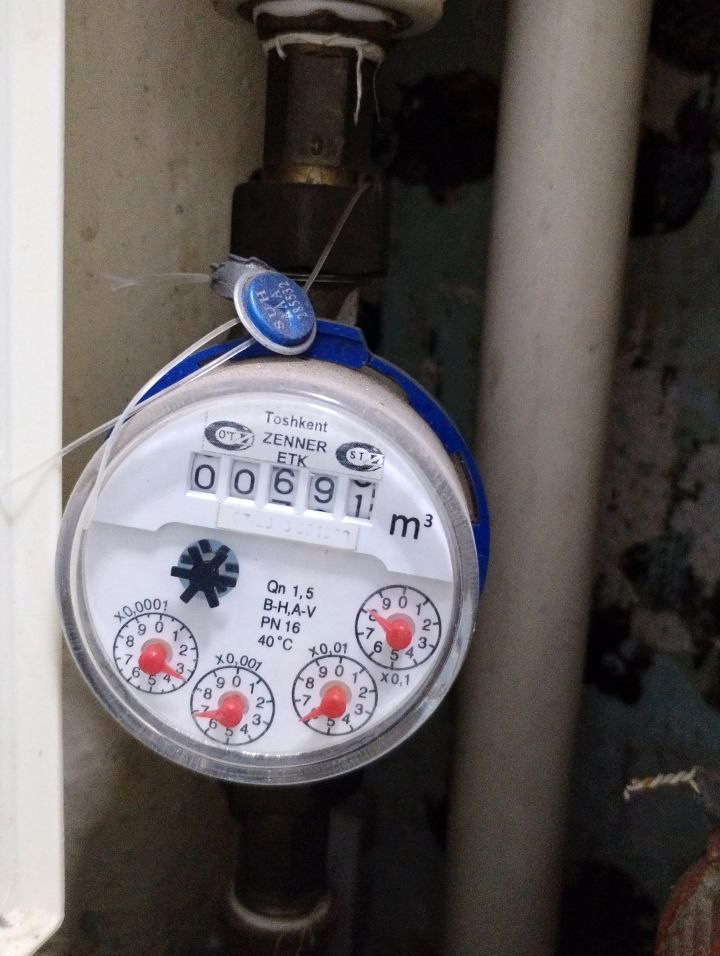This article is also available in:
Русский (Russian)
Uzbek
World Bank experts warn that air pollution in Tashkent may have serious health consequences for its residents. According to their report, the annual exposure to PM2.5 particles—the most dangerous component of air pollution—could lead to approximately 3,000 premature deaths. In addition, the loss of population welfare is estimated at a staggering $488.4 million per year.
PM2.5 refers to tiny particles that easily penetrate the lungs, causing respiratory and cardiovascular diseases. In Tashkent, the peak concentration of these particles occurs during the winter months, largely due to the intensive use of coal for heating residential and commercial buildings. Studies show that around 45% of winter PM2.5 pollution is directly linked to coal heating, which results in the highest levels of pollution during this period.
In the summer months, the main contributor to pollution is wind-blown dust particles that enter Tashkent from surrounding areas. These dust storms originate from fields and unfenced lands, exacerbating the problem. However, PM2.5 concentrations are generally lower in summer compared to winter.
Among anthropogenic sources of pollution in Tashkent, heating and transport contribute the most. Heating of residential and commercial buildings accounts for nearly a third of all PM2.5 emissions annually, especially in winter. Transport is the second largest source of pollution, responsible for 25% of all emissions in the city. Industrial activities rank third, contributing around 22% of PM2.5 emissions. Construction and road dust make up roughly 18% of the city’s total annual anthropogenic PM2.5 emissions.
The most concerning fact is that 83% of Tashkent’s population lives in areas of 1 km² with the highest levels of air pollution, which have the most severe impact on health. Most premature deaths related to PM2.5 air pollution are caused by strokes, followed by ischemic heart disease and lower respiratory tract infections.
The impact of air pollution on the health and quality of life of residents remains a pressing issue. High PM2.5 concentrations lead to an increase in respiratory and cardiovascular diseases and, consequently, higher mortality rates. Experts strongly recommend taking measures to reduce pollution levels, particularly during the winter months when the situation is most critical.
The transition to more environmentally friendly heating systems and improving transport infrastructure to reduce emissions are key priorities for the government and city authorities. Only by addressing these issues can the level of pollution be reduced and the health and well-being of Tashkent residents improved.
The article may contain inaccuracies as it is translated by AI. For more details, please refer to the Russian version of the article. If you notice any inaccuracies, you can send corrections via the Telegram bot: Uzvaibik_bot.











